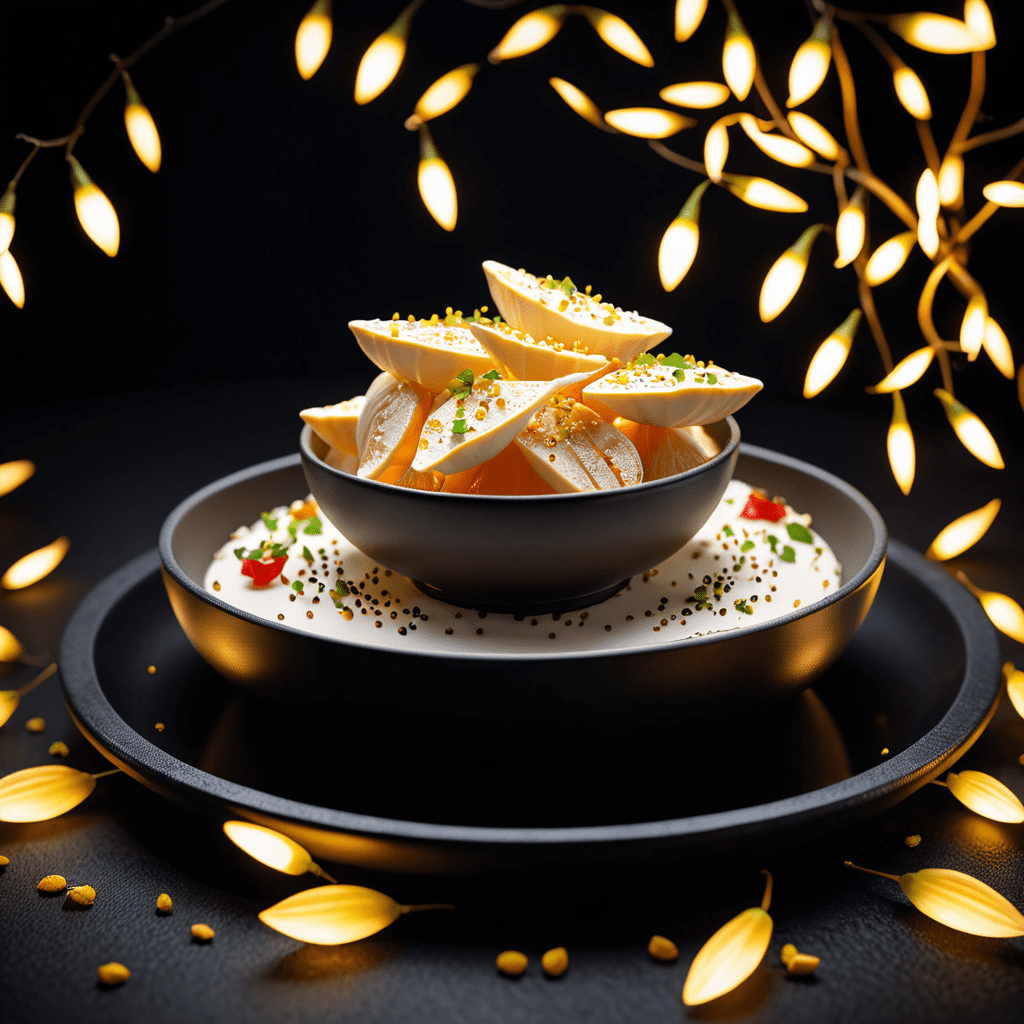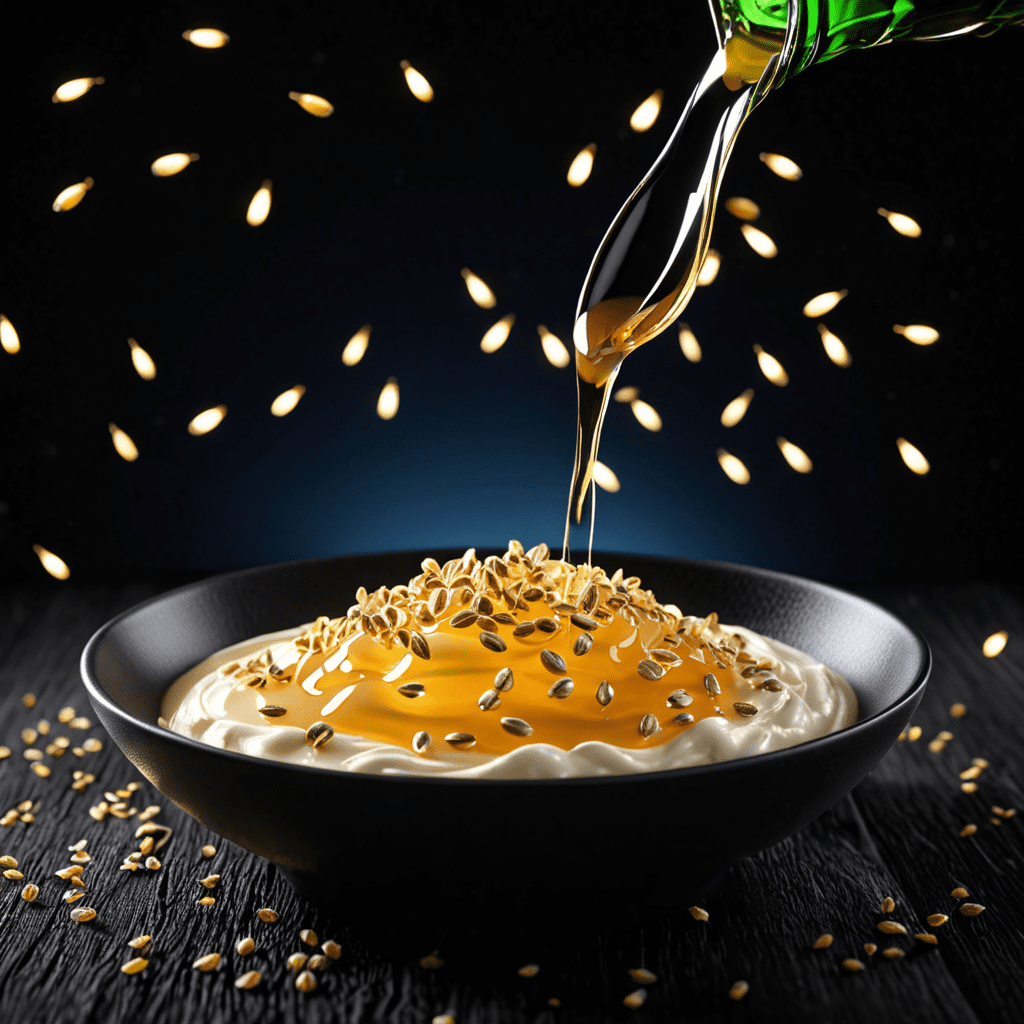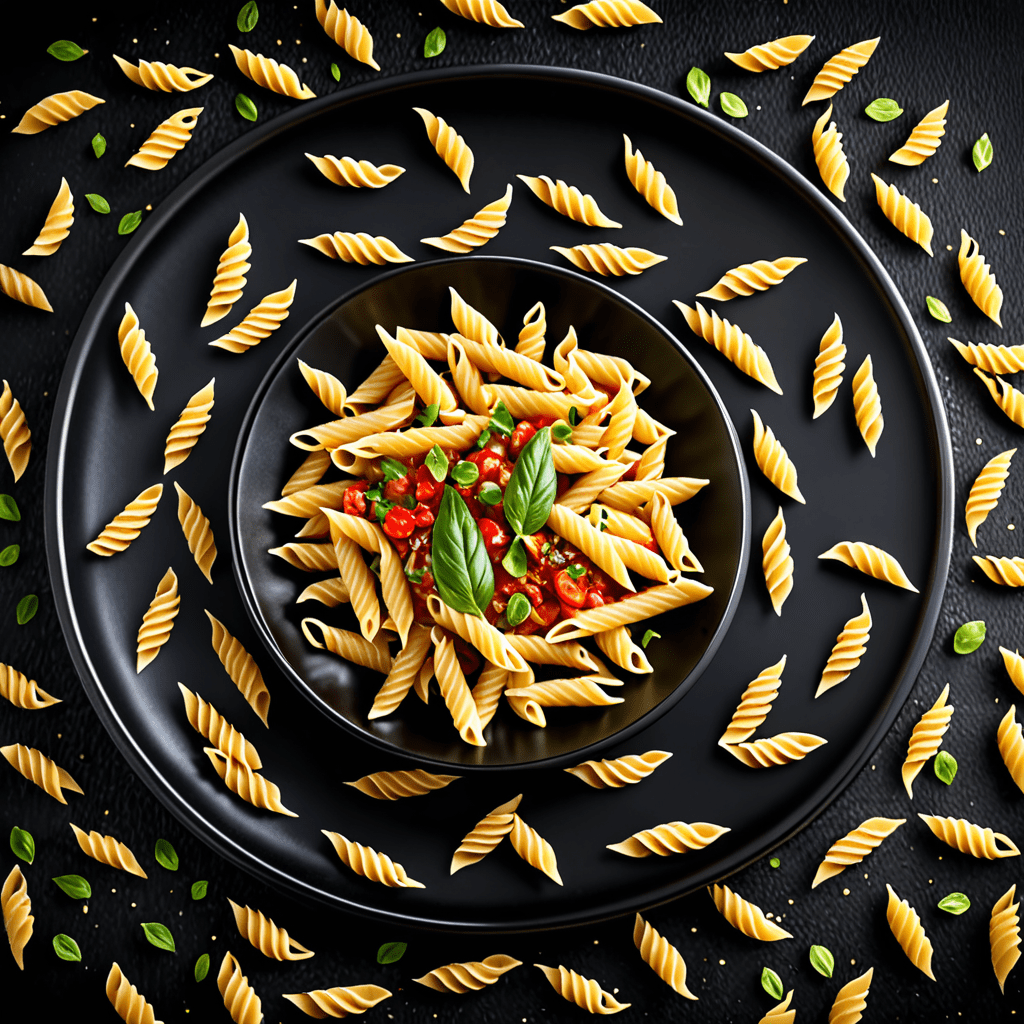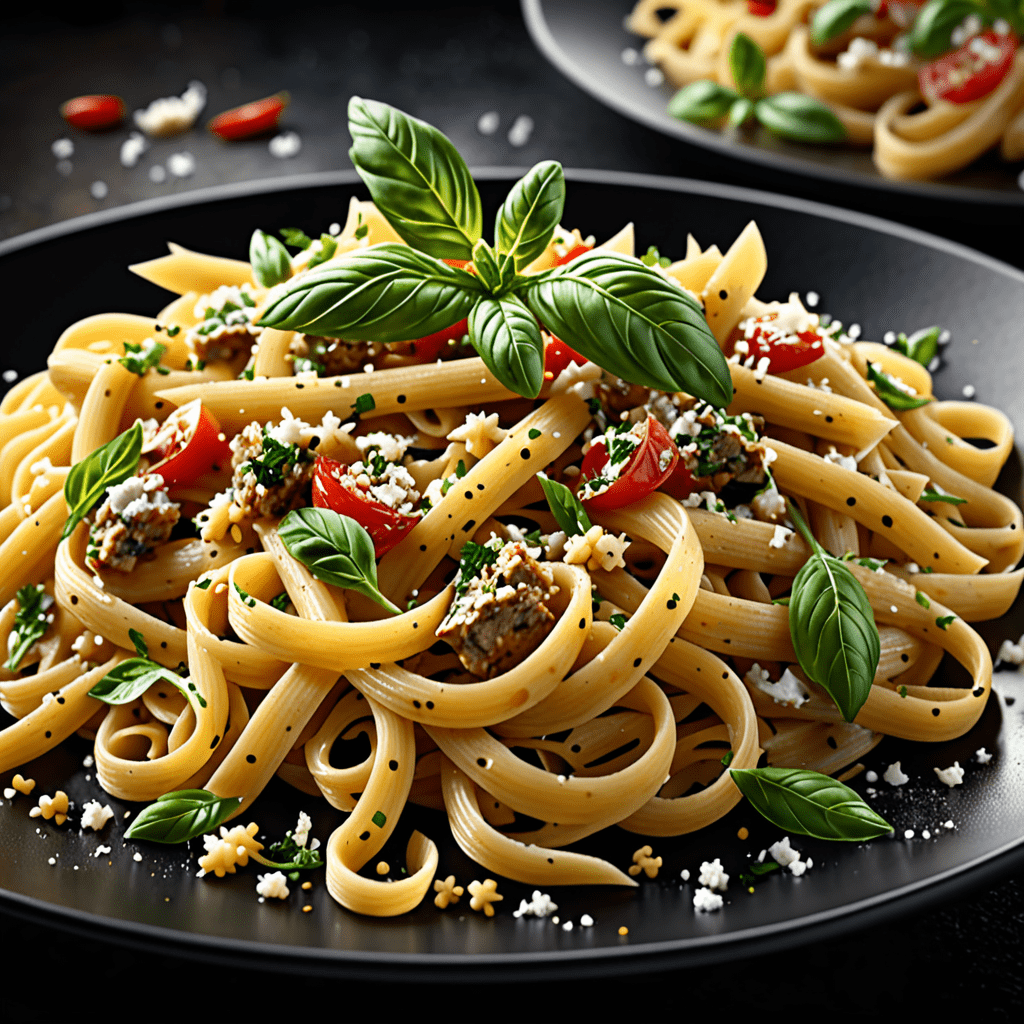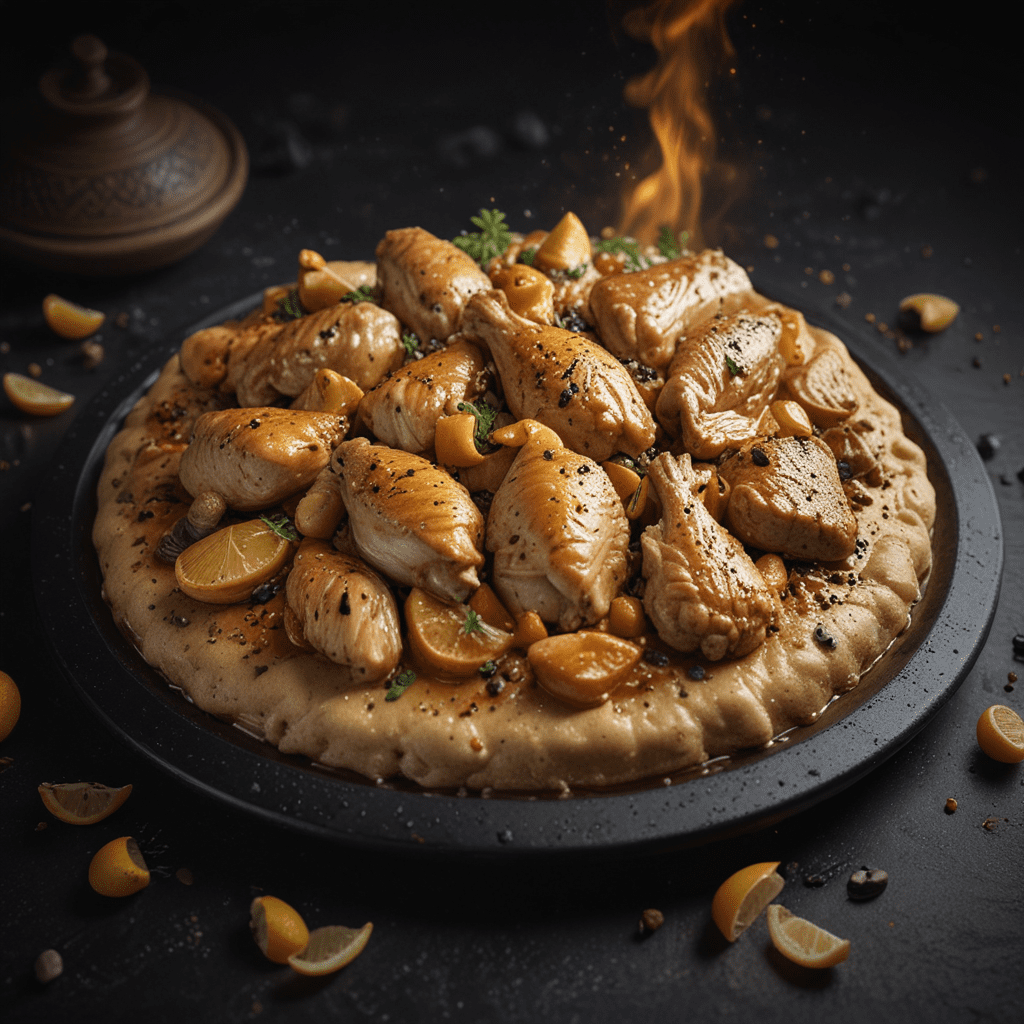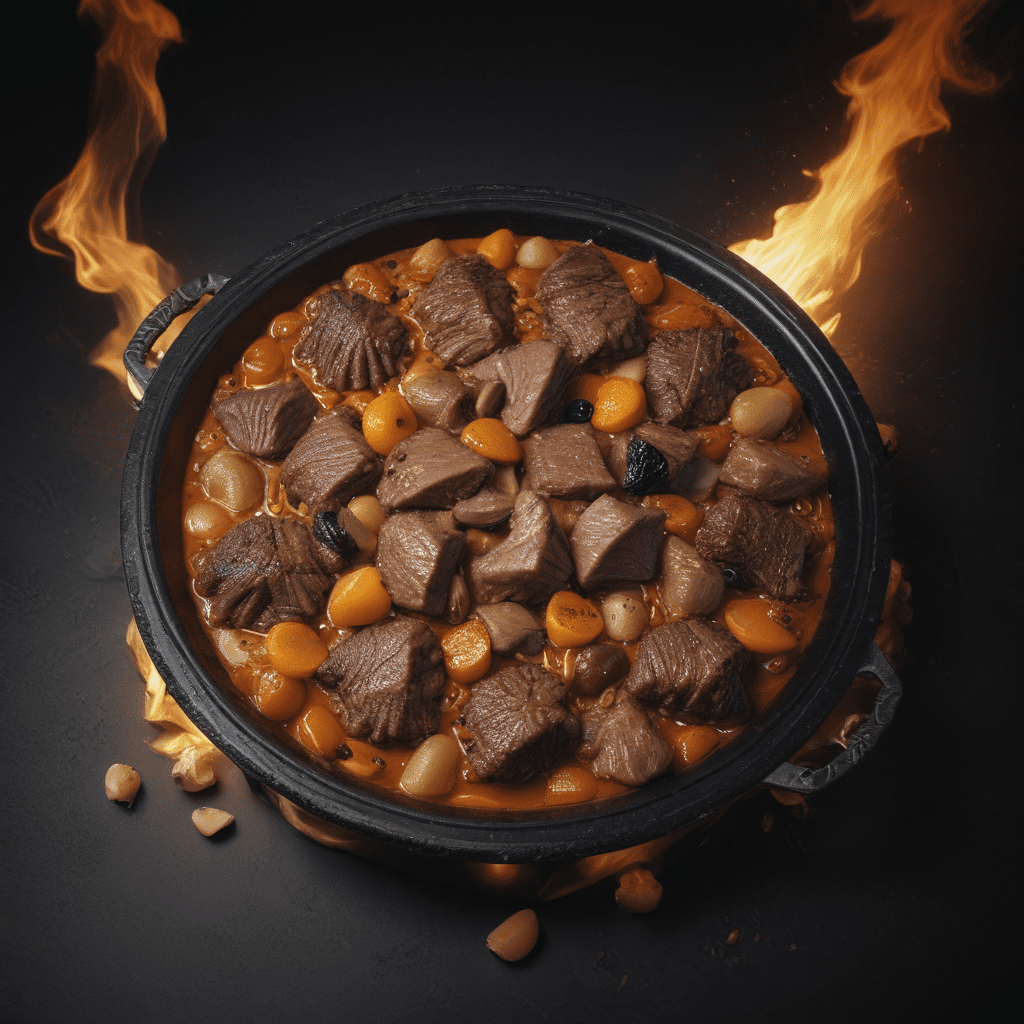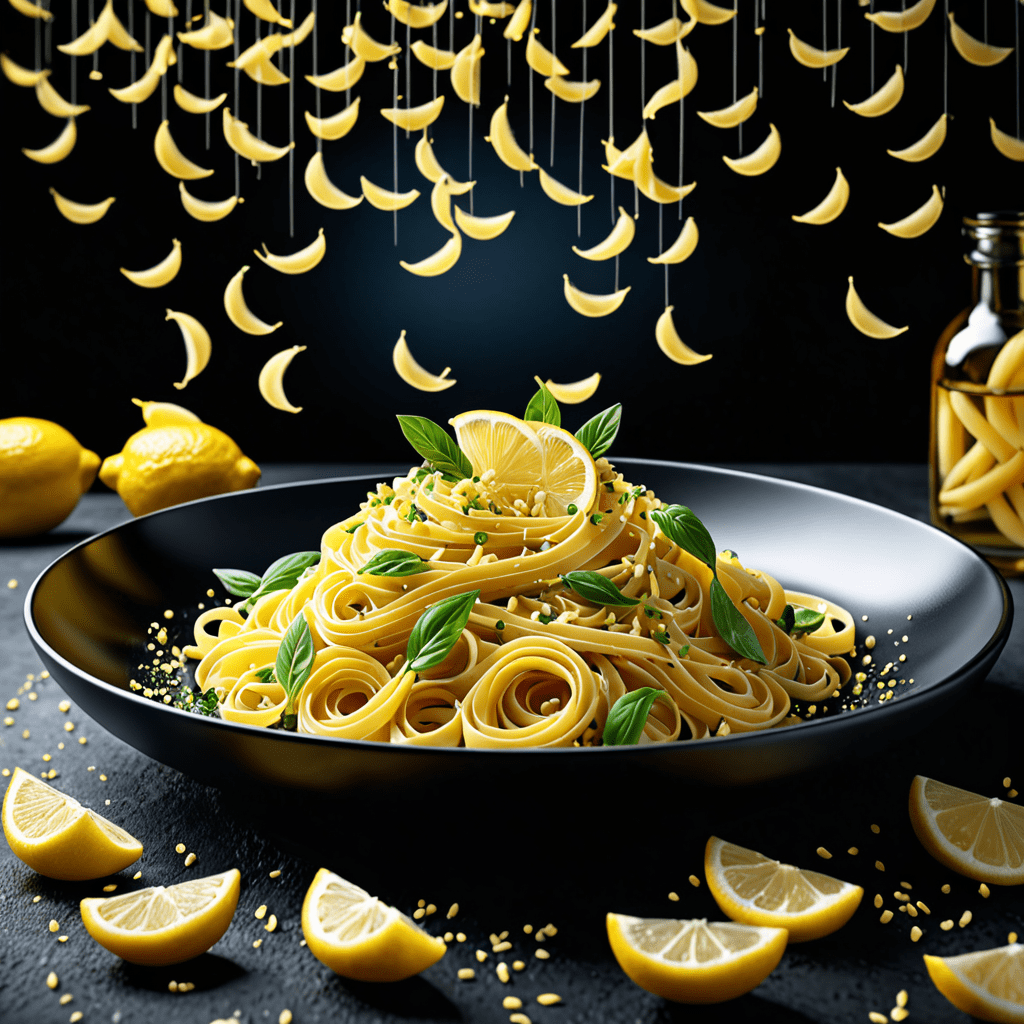“Perfecting Your Porcelain Clay Recipe: Crafting with Precision and Elegance”
Perfecting Your Porcelain Clay Recipe: Crafting with Precision and Elegance
Introduction
Crafting with porcelain clay is a wonderful way to add a touch of elegance and sophistication to your projects. Whether you are a pottery enthusiast, a sculptor, or a jewelry maker, knowing how to create your own porcelain clay can elevate your craft to new heights. In this article, we’ll explore a tried-and-true porcelain clay recipe that will help you achieve the perfect consistency and performance for your artistic endeavors.
Ingredients
To create your own porcelain clay, you will need the following ingredients:
– 25% kaolin clay
– 25% ball clay
– 25% feldspar
– 25% silica
These ingredients are essential for achieving the desired properties of strength, translucency, and whiteness in your porcelain clay. The kaolin clay provides plasticity and smoothness, the ball clay adds strength and workability, the feldspar contributes to the clay’s firing temperature and translucency, and the silica helps to reduce shrinkage and increase the clay’s resistance to thermal shock.
Directions
Follow these simple steps to create your own porcelain clay:
1. Begin by measuring out the quantities of kaolin clay, ball clay, feldspar, and silica according to the 25% ratio for each ingredient.
2. Place the measured ingredients into a large mixing container, ensuring that the proportions are accurate.
3. Use a wooden or plastic spoon to gently combine the dry ingredients, taking care to evenly distribute them throughout the mixture.
4. Once the dry ingredients are well-blended, gradually add water to the mixture, stirring continuously until the clay begins to come together.
5. Knead the clay with your hands, ensuring that all the components are thoroughly incorporated and that the clay reaches a smooth and uniform texture.
6. Allow the clay to rest for a brief period before using it for your artistic projects. This will help the clay to mature and become more workable.
By following these directions, you can create a batch of porcelain clay that is ready to be shaped, molded, and fired into beautiful, durable creations.
FAQ
Q: Can I substitute any of the ingredients in the porcelain clay recipe?
A: It’s important to maintain the balance of kaolin clay, ball clay, feldspar, and silica to achieve the desired properties of porcelain clay. Substituting these key ingredients may result in significant changes to the clay’s behavior and appearance.
Q: How should I store the porcelain clay?
A: Store your porcelain clay in an airtight container to prevent it from drying out. Keep the container in a cool, dry place to maintain the clay’s consistency and workability.
Q: What firing temperature is suitable for porcelain clay?
A: Porcelain clay is typically fired at temperatures ranging from 2200°F to 2400°F (1200°C to 1300°C) to achieve the desired strength and translucency. Be sure to consult the specific firing requirements for your clay and project.
Q: Can I add color to porcelain clay?
A: Yes, porcelain clay can be tinted with ceramic pigments, stains, or oxides to create a wide range of hues. It’s essential to follow recommended guidelines for incorporating colorants to ensure they are compatible with the clay and firing process.
Q: What tools are best for working with porcelain clay?
A: Porcelain clay is best handled with fine modeling tools, pottery knives, and sponges designed for delicate shaping and detailing. It’s also helpful to use a smooth, non-porous work surface to prevent the clay from sticking.
Crafting your own porcelain clay opens the door to endless creative possibilities. With the right recipe and techniques, you can bring your artistic vision to life with the timeless beauty and allure of porcelain.
